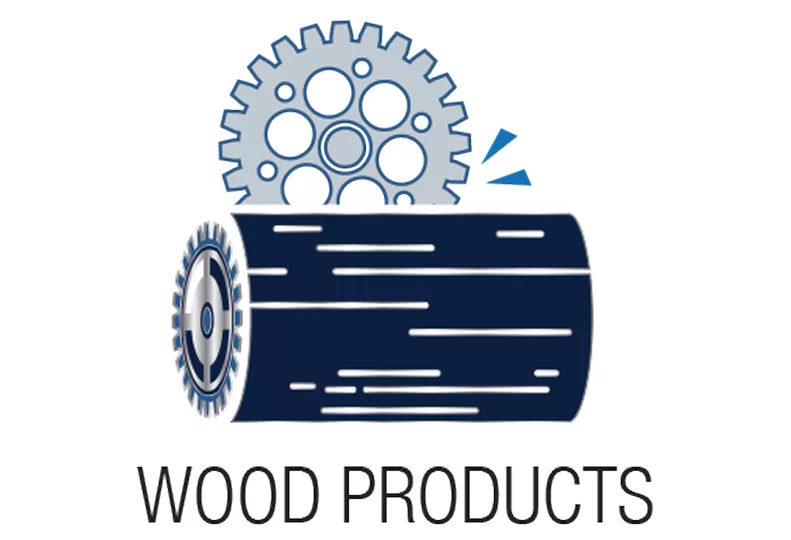Volatility in wood prices, supply to extend into 2022
Weather, hike in duties to influence market here

Prices for wood products have been up and down this year, and experts say that volatility will remain into 2022.
Shawn Church, editor of the Eugene, Ore.-based FastMarkets Random Lengths, a publication that tracks lumber prices and forest-products industry activity, says the price of framing lumber varied widely over the course of 2021.
“Starting about this time last year, the market started moving up on tight supplies,” Church says. “It advanced through the early part of the year and the spring and culminated with the market peaking at $1,514 (per 1,000 board feet) on May 20.”
Church characterizes the ensuing price dive as a record correction following a record run. The market bottomed on Aug. 26, at $389 per 1,000 board feet.
Dustin Jalbert, senior economist for wood products at forest products commodities data and market analysis provider FastMarkets RISI, says lumber pricing volatility is likely to continue into 2022.
“It seemed like this latest bounce in prices was going to fade or correct downward again, but it seems like prices are now accelerating,” Jalbert says.
As of Dec. 2, framing lumber commodities were priced at $673 per 1,000 board feet.
“The latest push upward in November into early this month is a recognition that the market was not going to go any lower, and buyers stepped in for early 2022 needs,” Jalbert says.
Church says disruptions due to weather also are playing a role in driving up prices. In November, heavy rains created flooding and landslides in parts of British Columbia—a lumber-heavy area—and the U.S. Pacific Northwest, resulting in significant supply chain disruptions.
“Those supply disruptions have spurred buying from wholesalers and retailers who are worried they’re not going to have coverage for their wood products needs for the spring building season,” Church says.
Jalbert says prices also likely will rise correspondingly with increased duties on Canadian softwood lumber. In late November, the U.S. Department of Commerce nearly doubled the duties to 17.9% from about 9%.
“That’s also going to aggravate the supply situation a little,” Jalbert says.
Church says wildfires in the Pacific Northwest have created a high volume of salvage lumber.
“That salvage timber is very usable wood fiber … but there are some grades of lumber that are limited from that resource,” Church says. “That’s had an effect on certain supplies of certain grades of lumber.”
With so much salvage lumber available, Church says the market for logs has remained a point of stability throughout this year.
“That’s kept log prices somewhat sedate, compared to what lumber prices have done,” Church says.
Following an increase in demand in 2020 for paper products, especially toilet paper, wood products manufacturers here have reported a decrease in sales income in 2021.
In its third-quarter report, Spokane-based pulp and paper products maker Clearwater Paper Corp. announced its sales in the first three quarters of 2021 saw a 9% decrease compared with the year-earlier period. The company reported third-quarter net income of $2 million, down from $21.4 million in the year-earlier quarter.
PotlatchDeltic Corp., the Spokane-based forest-products company, reported third-quarter net income of $65.7 million, down from income of $81 million in the year-earlier period.
“Looking ahead, lumber prices have continued to increase in the fourth quarter, and the outlook on housing fundamentals that drive our business remains positive,” PotlatchDeltic president and CEO Eric Cremers says in a release.
—Virginia Thomas
Related Articles
Related Products

_c.webp?t=1763626051)

_web.webp?t=1764835652)
